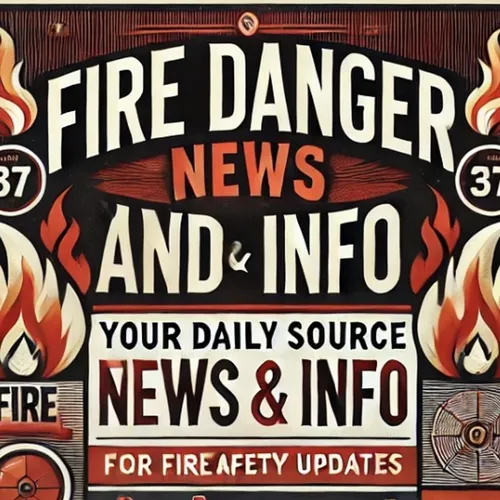Harnessing Science to Tackle Wildfires: USGS Leads the Charge in the Western US
- Author
- Quiet. Please
- Published
- Wed 18 Dec 2024
- Episode Link
- https://www.spreaker.com/episode/harnessing-science-to-tackle-wildfires-usgs-leads-the-charge-in-the-western-us--63382639
The increasing frequency and intensity of wildfires across the western United States has highlighted the urgent need for advanced fire science to effectively combat these threats. The USGS Wildland Fire Science program plays a pivotal role in this effort, leveraging cutting-edge research and technology to provide critical insights into fire behavior, ecology, and management strategies.
Wildfires have always been a natural part of many ecosystems, but recent changes in climate, land use, and vegetation have led to more severe and destructive fire events. The USGS actively studies these factors to understand how they contribute to wildfire risk and behavior. By analyzing data on weather patterns, topography, and fuel loads, scientists can better predict fire spread and intensity, enabling more informed decision-making for emergency responders and land managers.
One of the most significant advancements in firefighting has come from the integration of remote sensing technology. USGS researchers use satellite imagery and aerial data to monitor live fire events in real-time, assess damage, and evaluate the effectiveness of fire mitigation strategies. This technology allows for quicker response times and more efficient allocation of resources to areas most at risk.
Moreover, USGS fire science extends beyond immediate response to understanding the long-term ecological impacts of wildfires. Studies focus on post-fire recovery, examining how different plant and animal communities regenerate, and identifying factors that influence the resilience of ecosystems to repeated fire events. This research is crucial for developing land management practices that promote healthy, fire-adapted landscapes.
The importance of fire science also lies in its role in community protection and preparedness. By providing accurate fire risk assessments and forecasts, USGS helps communities develop better fire prevention plans and emergency response strategies. Education and outreach programs are essential components, informing the public about fire safety and effective land use practices to reduce wildfire risks.
To explore the comprehensive efforts of the USGS in addressing wildfire challenges, and how their science is making a tangible difference, visit the USGS Wildland Fire Science webpage. Through rigorous research and innovative technology, USGS fire science is indispensable in advancing our understanding of wildfires and enhancing our capabilities to combat them, safeguarding both human communities and natural ecosystems out West.
